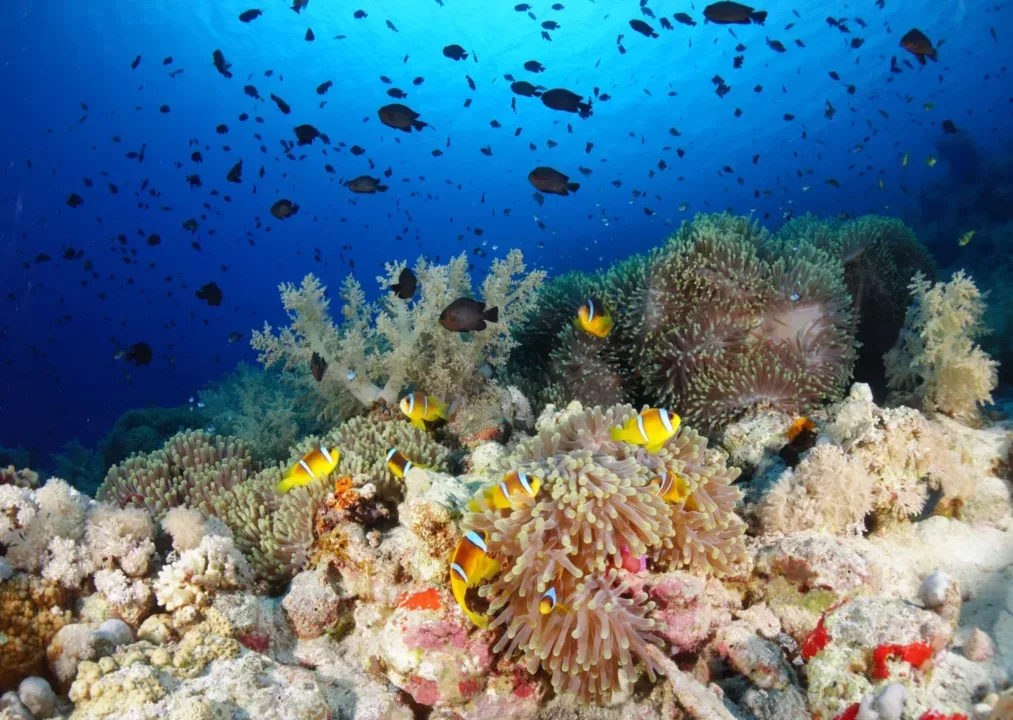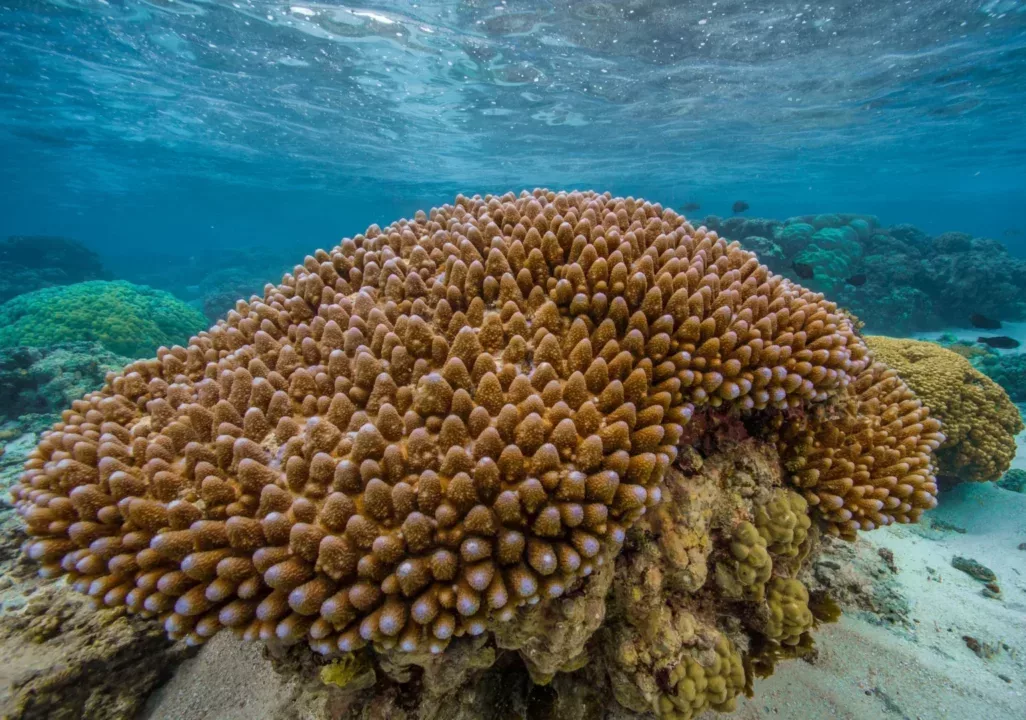The Socioeconomic Component of the U.S National Coral Reef Monitoring Program (NCRMP) gathers and monitors a collection of socioeconomic data in seven U.S. coral jurisdictions. The team continued its second monitoring cycle with data collection in American Samoa in 2021, and recently released their report of summary findings along with two new infographics. The report outlines current human dimensions information relevant to coral reef resources in American Samoa, as well as trends between the first (2014) and second monitoring cycles, while one infographic focuses solely on the 2021 findings and the second focuses on trends. Results are representative of the resident population of American Samoa as a whole, as well as five strata: rural villages, semi-rural villages, urban villages, Aua village, and the Manu’a Islands.
Household surveys conducted in May to September of 2021 revealed that American Samoa residents were familiar with a variety of threats to coral reefs and generally supported a range of potential marine management policies and regulations, such as incorporating traditional Samoan practices into coral reef management, improving law enforcement, and implementing stricter control of pollution sources to preserve water quality.
Residents also supported the establishment of Marine Protected Areas and generally believed they have led to a range of improved benefits for coral reefs and coastal communities. There was a general consensus that American Samoa’s coral reefs are important to culture, coastal protection, the local economy, and food for coastal communities.
Residents believed that the overall marine ecosystem in American Samoa had become worse or not changed over the past ten years, but most believed that resource conditions may improve in the future. In 2021, particular concerns were the conditions of ocean water quality and the amount of live coral coverage. Additionally, most resident households consumed seafood on a weekly basis, and nearly all residents ate local seafood from coral reefs at least once a month.
Surveys also showed that swimming/wading, beach recreation, and waterside/beach camping were primary activities for American Samoa residents in both 2014 and 2021, but frequency of participation in all activities declined in 2021.

In general, the results indicate that American Samoa residents have important human connections to coral reefs and rely on these ecosystems for a variety of cultural and socioeconomic benefits. Results also suggest that residents want to see efforts to mitigate threats (e.g., pollution) to coral reefs and prevent resource conditions (e.g., ocean water quality, amount of live coral) from becoming worse. Targeted outreach, particularly about ocean acidification, could help increase awareness of threats to coral reefs and how those threats are linked to ecosystem services and sustained benefits.
Citation: M.E. Allen, C.S. Fleming, A.T. Alva, S.B. Gonyo, S.D. Regan, and E.K. Towle. 2023. National Coral Reef Monitoring Program Socioeconomic Monitoring Component: Summary Findings for American Samoa 2021. U.S. Dep. Commerce, NOAA Tech. Memo., NOAA-TM-NOS-CRCP-45, 49p. + Appendices. DOI: 10.25923/2nft-yg95.
Source: NOAA Coral Reef Article


